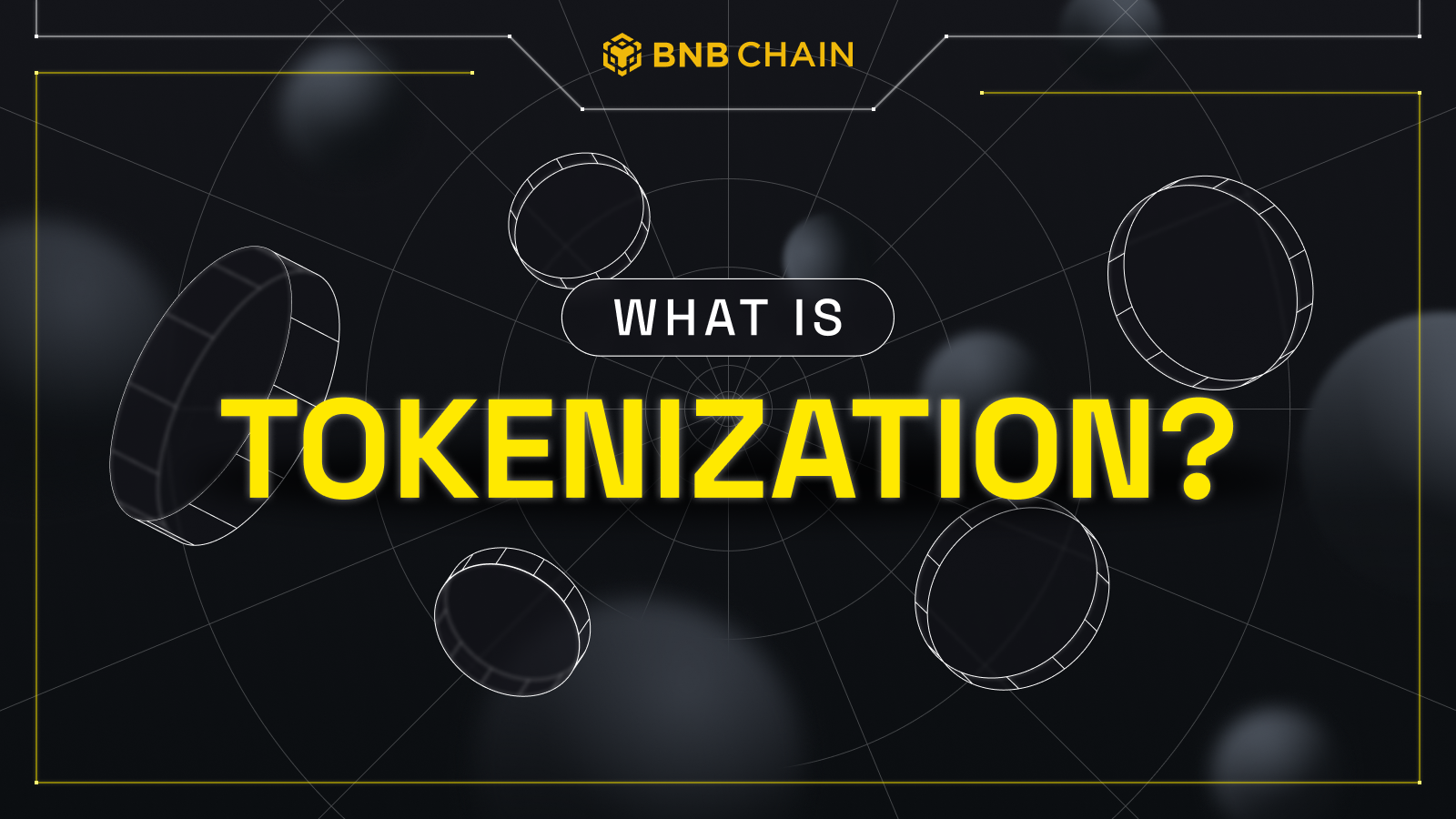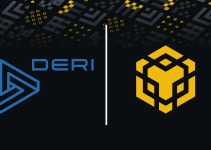Table of Contents

Tokenization helps convert real-world assets into digital assets, allowing them to be easily traded, transferred, and managed. Tokenized assets can represent various instruments such as stocks, bonds, commodities, real estate, art, collectibles, medical data, financial data, personal data, and more.
Tokenization has immense potential, with some predictions anticipating up to $5 trillion in tokenized assets by 2030. In this article, we will discuss the meaning of tokenization, how it works, its benefits, and its future.
The Concept of Tokenization
Before we talk about tokenization, we must understand what a “token” is. In the realm of blockchain technology, a token represents a particular asset or utility. Tokenized assets on the blockchain can represent tangible assets such as gold, art, and real estate or intangible assets such as ownership rights, voting rights, and licensing. Anything can be tokenized if it has value.
The concept of tokenization existed before blockchain technology and was primarily used by the financial industry to protect client information. This process typically involved converting sensitive information such as credit card numbers, social security numbers, and other sensitive data into a string of alphanumeric characters. These were then processed through a cryptographic function, creating a unique token.
While such methods are similar to the tokenization process used in blockchain technology, these were designed primarily to protect sensitive data. On the other hand, blockchain-enabled tokenization enables a more secure and flexible tokenization of assets, significantly increasing the potential application of such tokens across industries.
Tokenization in Different Sectors
Today, several industries have embraced tokenization. As a result, it is widely used across several sectors and industries. While the finance industry was already in on tokenization, it has been embraced by other industries, including healthcare, sports, and enterprise.
Finance
As mentioned earlier, tokenization was first adopted by the banking industry to secure sensitive data. The use of tokenization in finance has made investment accessible through the transformation of physical assets and real estate into digital tokens. Blockchain technology has revolutionized how assets are bought, sold, and traded. This and the advent of decentralized finance (DeFi) platforms highlight the sector’s commitment to using tokenization to improve liquidity and accessibility.
Sports
Tokenization has also impacted sports, enabling fans to better interact with their favorite players and teams. Sports teams are tokenizing game tickets, merchandise, and even game highlights. Fans can also purchase tokens symbolizing ownership of sports teams. This strategy significantly increases fan interaction and engagement while providing teams with an additional source of revenue.
Healthcare
The healthcare industry has also embraced tokenization, which has helped manage patient data, pharmaceutical supply chains, and research funding. Tokenization has also helped to securely and efficiently transfer medical records, thus ensuring patient privacy and data integrity.
Tokenization has also facilitated the transparent tracking of pharmaceuticals from manufacturing to distribution, mitigating counterfeiting and ensuring product quality. Some healthcare institutions are actively exploring tokenization to raise funds for research.
Enterprise
Businesses are increasingly using tokenization to enhance operational efficiency. By tokenizing assets like supply chain elements, real estate, and intellectual property rights, operations can be streamlined through a secure, transparent blockchain ledger. This approach not only simplifies asset ownership and transactions but also accelerates and reduces the cost of cross-border transactions by eliminating intermediaries.
How Does Tokenization Work?
Here is a step-by-step breakdown of how tokenization works:
- Identify the physical or financial asset, such as real estate, art, or intellectual property, that will be tokenized.
- A token representing the asset is then generated on a blockchain, incorporating built-in code that automates the execution of predefined regulations.
- Self-executing smart contracts are used to automate the token’s issuance, trading, and compliance, encoded with the terms of the asset’s management and exchange.
- Tokens are traded or transferred on a blockchain network, leveraging its secure, transparent, and decentralized nature.
Types of Tokenization
- Security Tokens: Digital representations of investments with unique characteristics and ownership rights, such as shares in a company or tangible assets.
- Utility Tokens: Provide access to services or products within a blockchain ecosystem. They are used in ICOs to facilitate network operations.
- Governance Tokens: Grant voting rights and are used for decision-making in decentralized networks or organizations.
- Non-Fungible Tokens (NFTs): Unique tokens representing ownership of specific assets, valued for their uniqueness and provable scarcity in digital art and collectibles.
Benefits of Tokenization
Tokenization offers several benefits, especially when it comes to financial services. However, we will not restrict our discussion to the benefits of tokenization for financial services. The main advantage of tokenization is the introduction of greater efficiency and streamlining services across industries.
- Tokenization lowers entry barriers, such as high minimum investments and long lockup periods, making private assets more accessible to a broader investor base.
- Tokenization enables issuers to reach a wider audience, potentially increasing capital inflow and revenue opportunities.
- Utilizing smart contracts on blockchain reduces operational costs by streamlining issuance and maintenance processes for tokens.
- Blockchain’s single source of truth eliminates the need for multiple reconciliations, streamlining financial transactions.
- Blockchain technology accelerates the settlement process, eliminating the need for an intermediary.
- Tokenization opens assets to a larger market, enhancing liquidity and reducing the liquidity premium of traditionally illiquid assets like art or real estate.
- By bypassing intermediaries, tokenization reduces transaction costs and speeds up exchanges.
- The blockchain provides a transparent, cryptographically verifiable record of a token’s history, enhancing trust and reliability.
- Crypto tokens can be traded 24/7 worldwide, providing constant market access.
- Tokenization allows investors to purchase fractional interests in assets, making investments more divisible and accessible.
Conclusion
Tokenization holds the potential to transform various industries, offering new revenue opportunities and enhanced control and flexibility. It has been adopted by the financial services sector, where it stands to become a highly impactful application.
However, tokenization does face challenges. We still don’t have a solid regulatory framework for governing tokenized assets. Plus, there are technical challenges and limited availability of expertise in this area, which poses a considerable barrier for those aiming to fully harness its potential. Despite these obstacles, tokenization is a truly exciting concept that has received increased attention from enterprises and businesses.


